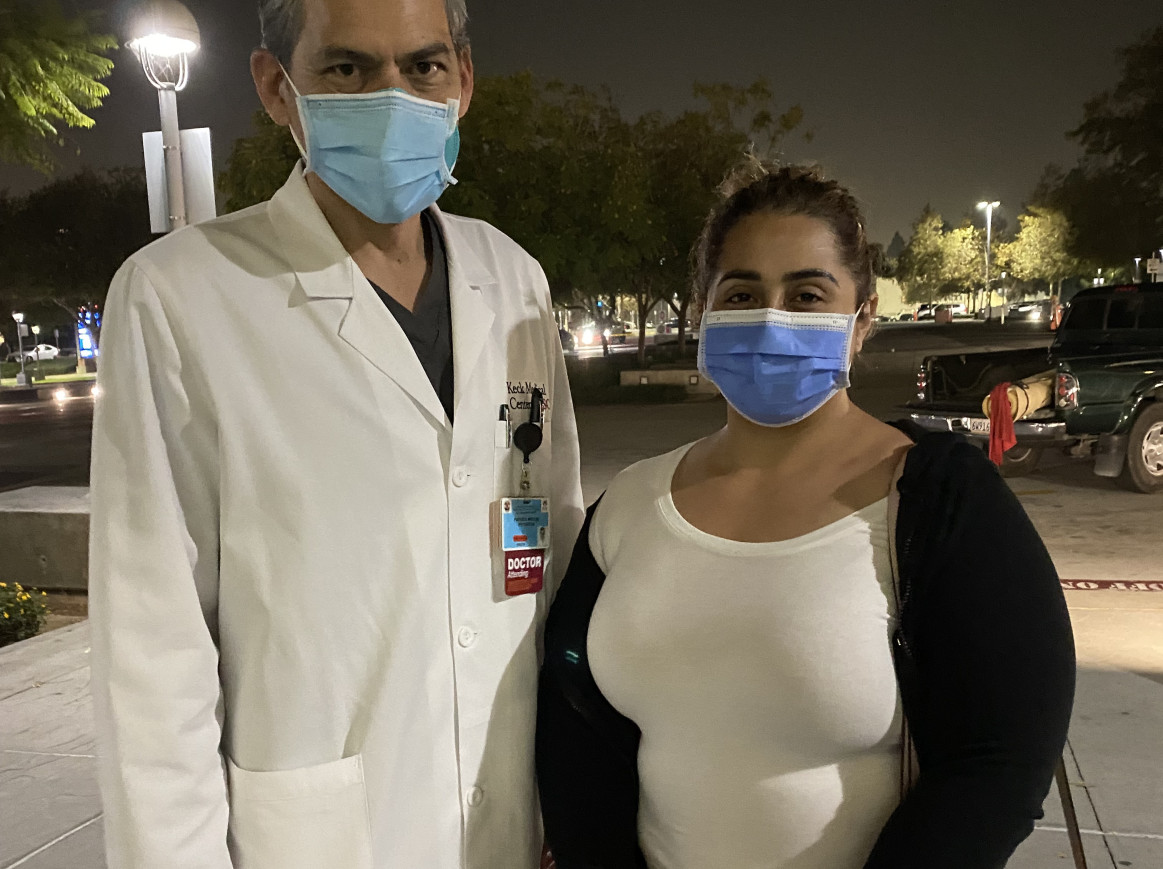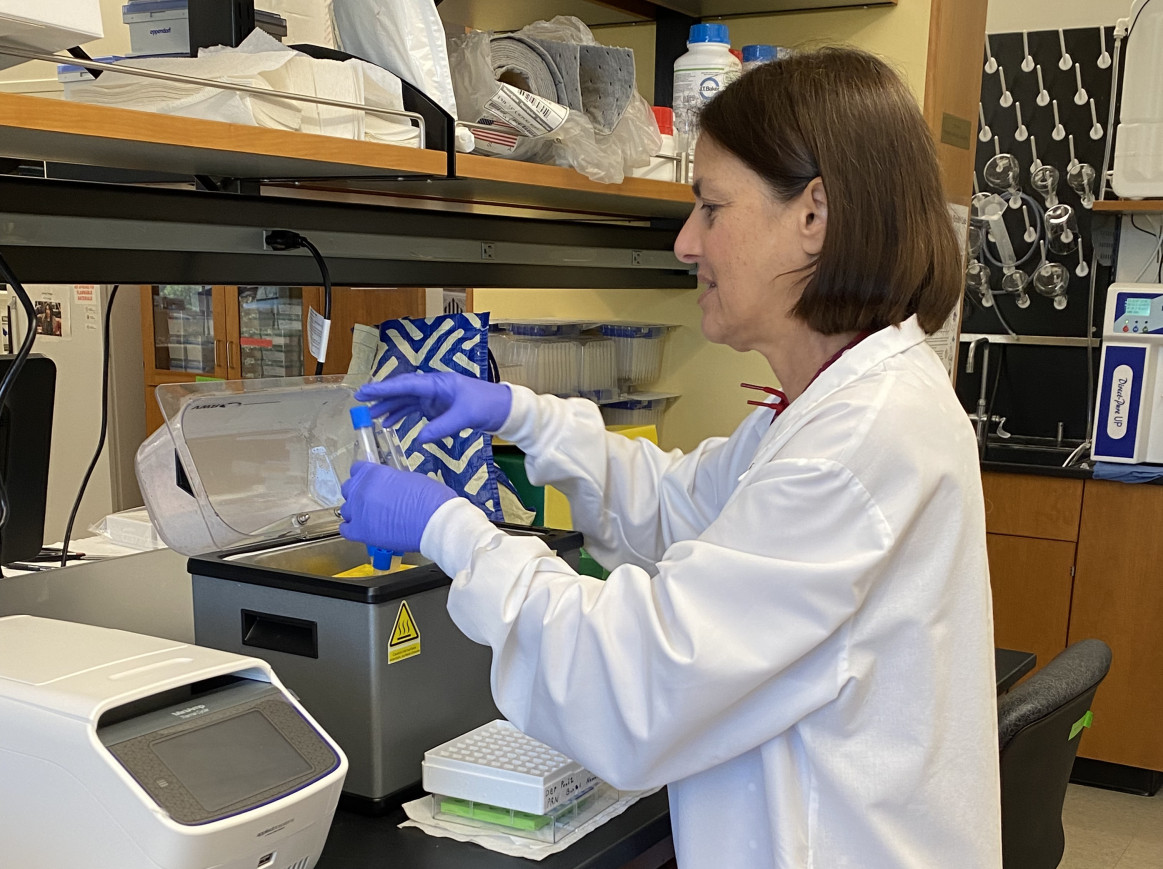Decoding Pregnancy Sickness: Marlena Fejzo and Stephen O'Rahilly's Genetic Breakthroughs
Breaking the Wall of Pregnancy Sickness
Winner Interview 2024: Life Sciences
Marlena Fejzo and Stephen O'Rahilly, Life Sciences winners, are dedicated to understanding and curing Hyperemesis Gravidarum, a severe form of pregnancy sickness. Their groundbreaking research has identified genetic factors and the role of the hormone GDF15 in Hyperemesis Gravidarum, leading to new prevention and treatment avenues. This interview page highlights Marlena Fejzo's interview responses, while Stephen O'Rahilly's responses are available on his interview page.
Which wall does your research or project break?
In 1999, after losing a baby in the 2nd trimester to extreme nausea/vomiting of pregnancy, Hyperemesis Gravidarum (HG), I was determined to find the cause and cure. In 2018, I published the association between a nausea/vomiting hormone and HG, and in 2022 published the first mutation. In 2023, in collaboration with Dr. Stephen O’Rahilly’s team, we uncovered how that hormone predisposes people to HG which provides new avenues for prevention and treatment.
What are the three main goals of your research or project?
Most pregnancies are affected by pregnancy sickness, but the most severe form, Hyperemesis Gravidarum (HG), can be life threatening for mother and baby. Current treatments are inadequate in improving symptoms and nutrition, resulting in increased risk for adverse outcomes such as postpartum depression, preterm birth, and abnormal neurodevelopment.
HG patients are often dismissed and told they are exaggerating. My work has focused on uncovering a biological basis for HG to stop this unfortunate misconception, identify biomarkers, and find more effective approaches to treatment. The primary goal of my work has been first and foremost, to uncover the cause of HG using a genetic approach. To that end, I partnered with Hyperemesis.org and showed familial aggregation of HG, supporting a genetic component. Then in collaboration with 23andMe, Inc we performed the first genome-wide association study on HG, and identified the placenta and appetite genes, GDF15 and IGFBP7, are associated with the disease. That was followed by a whole-exome sequencing study in partnership with Regeneron Genetics Center, which verified GDF15 is the greatest genetic risk factor and identified a mutation. The discovery strongly implicated GDF15 as a cause of HG.
However, there was a paradox- when the offspring from mothers carrying the mutation were sequenced, I found some mothers did not have HG in pregnancies where their fetus inherited the mutation. I partnered with Dr. Stephen O’Rahilly, and in our recent publication in Nature, we resolved this by showing the HG risk variants in GDF15 are associated with lower levels of the hormone. Our international collaboration showed that HG is primarily caused by hypersensitivity to GDF15 in pregnancy due to low pre-pregnancy levels.
While GDF15 appears to be the greatest contributor, I continue my work to uncover the full genetic landscape of HG in my pursuit of elucidating the etiology. These genes provide clues to guide my second goal of identifying biomarkers for prediction and diagnosis. With a greater understanding of how these genes contribute to HG we may achieve the ultimate goal of implementing paradigm-changing effective approaches to treatment. To that end, Dr. O’Rahilly and I are both working toward testing whether we can prevent HG through desensitization prior to pregnancy, and to treat HG more effectively with medications that block GDF15 signaling. I am hopeful that our work will be a gamechanger for people suffering from the most severe form of this common pregnancy condition.
What advice would you give to young scientists or students interested in pursuing a career in research, or to your younger self starting in science?
We are still in the dark ages for many conditions and diseases that affect female health. We need more females in science focusing on these areas to make progress. Pick one that you are passionate about and stick to it. It may take a long time to get there, but the results will be all the more rewarding!
What inspired you to be in the profession you are today?
My motivation is highly personal- I suffered from very severe nausea and vomiting of pregnancy. I could not eat, drink, or move without violently vomiting. Even though I was so ill that I lost the baby, I was told by my doctor that I was exaggerating my symptoms to get attention. I knew that was not the case and was determined to prove it.
What impact does your research or project have on society?
Females are now armed with proof that this condition is not all in their heads which is empowering. In addition, it gives people hope because we are now on the cusp of potentially finding ways to effectively prevent and treat it.
What is one surprising fact about your research or project that people might not know?
After the octopus lays its eggs, it no longer eats and starves to death. The second gene I found associated with nausea and vomiting of pregnancy is the same gene that is associated with the maternal death spiral in the octopus. This behavior must have evolved a very long time ago before we diverged from such a distinct species!
What’s the most exciting moment you've experienced over the course of your research or project?
The most exciting moment was when I confirmed the association between GDF15 and HG in my cases and control participants that I spent over a decade recruiting to my study. It was at that time that I was certain GDF15 was a key player and my perseverance had paid off.
Further research on the genes and mechanism for nausea and vomiting of pregnancy:
GDF15 Linked to Maternal Risk of Nausea and Vomiting During Pregnancy
Whole-exome Sequencing Uncovers New Variants in GDF15 Associated with Hyperemesis Gravidarum
Placenta and Appetite Genes GDF15 and IGFBP7 are Associated with Hyperemesis Gravidarum
TIME100 Health Panel Talks ‘Medical Gaslighting’ and Investing in Women’s Health




